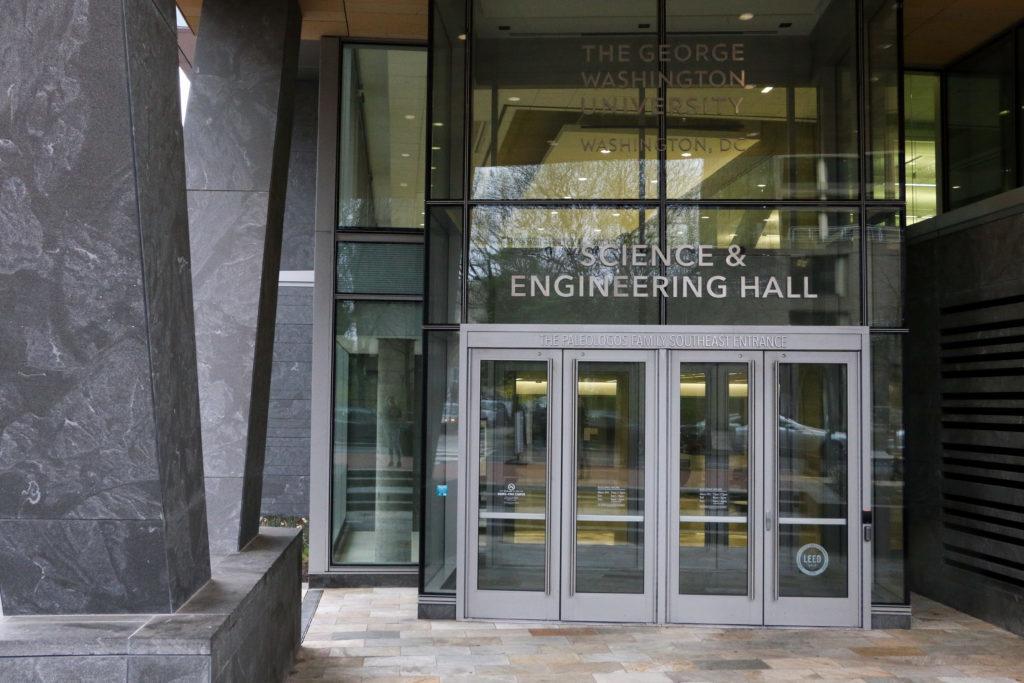Although humans have a long way to go before they land on Mars, robotic bees may soon be ready to take the flight.
An engineering researcher and associate professor is part of a team working with an Alabama university to develop robotic bees that will collect samples from Mars and map the planet. The airborne robots – coined “Marsbees” – will help researchers collect more accurate data on the distant planet to create topographic maps, leading researchers said.
The research team launched the project last month after it was awarded $125,000 from NASA’s Innovative Advanced Concepts program, which funds projects that would further space exploration.
Taeyoung Lee, an associate professor of mechanical and aerospace engineering, said he is working on the project with six researchers at the University of Alabama in Huntsville, who have a background in aerodynamics and aerospace systems. He said the team will work to craft robots, the size of honeybees, in the coming months that are capable of withstanding the atmosphere on Mars to collect mineral and gaseous samples and measure the planet’s landscape.
“We figured that our interdisciplinary backgrounds in fluid mechanics, structural dynamics and control would be particularly useful to study insect-like flying robots,” Lee said in an email.
He said researchers at the University of Alabama in Huntsville will conduct experiments in a large vacuum chamber, simulating the atmospheric density of Mars to determine if the bees will survive in space.
Lee said the robots will be lightweight structures that include a battery, motor, digital module for communication and sensor. The robot will also include a solar cell for the wing material that will be used to lift the robot and harvest solar energy, he said.
A researcher in Tokyo – who has completed similar projects involving robotic technologies in the past – is in charge of developing the official prototype for the Marsbees, he added.
Lee said other researchers have previously attempted to develop small flying vehicles that can withstand lower parts of Earth’s atmosphere, but this project will advance previous efforts and create something that can handle lower atmospheric densities on Mars without being damaged.
“All of the design parameters, such as the size and the shape of the wing, the flapping frequency, the mission design, should be optimized for the Mars environment,” he said.
Lee said he will work to design and build the robots with Chang-Kwon Kang, an assistant professor of mechanical and aerospace engineering at the University of Alabama in Huntsville, along with other team members.
Diana LaChance, the director of admissions communications at the University of Alabama in Huntsville and a spokeswoman for the project, said the program is in its first phase – meaning researchers are still completing computer analysis to see if the construction and launch of the robots are feasible. Details like the cost of the project and how the robotic bees will actually be deployed on Mars have not yet been determined, she said.
At the end of the first phase, the team will assess the readiness of the robots’ launch by looking at their ability to withstand atmospheric changes, she added.
She said researchers will create an integrated video camera to attach to the robots to help produce a more accurate 3-D topographic map of the surface the swarm flies over. LaChance said researchers don’t yet know the exact number of bees they will create.
“Providing aerial-sensing and information-gathering capabilities will greatly help the existing and future Mars exploration missions,” LaChance said in an email.
LaChance said a Marsbee will be the size of a bumble bee with wings the size of a cicada’s.
“That combination is intended to give it the ability to generate sufficient lift for hovering in the ultra-low-density Martian atmosphere,” she said.




